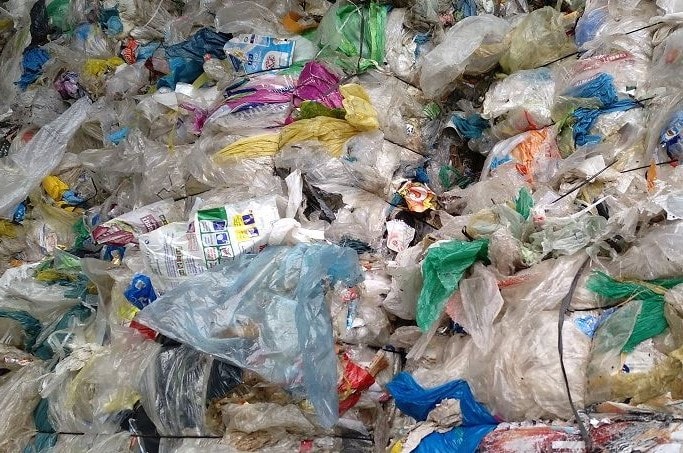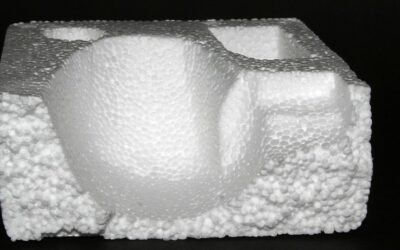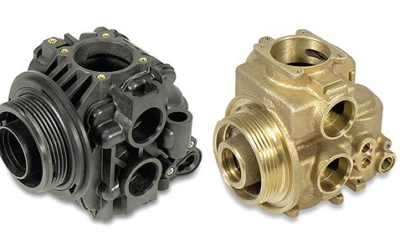Nestlé Natur Cycle Plus is the recycling plant where, after an exhaustive selection, washing and processing process, plastic waste from Nestlé factories is transformed into recycled pellets
In order to give a new impetus to the circular economy, Nestlé Spain announced that it uses recycled plastic in the secondary packaging that different brands use to group products.
These actions, the company explained, are aligned with its commitment to reduce the use of virgin plastic suitable for food use by one third by 2025, as well as with its more general objective that 100% of its packaging be recyclable or reusable. anus.
To achieve this, Nestlé has the collaboration of Grupo Saica, through its Saica Natur division -business area of the company in charge of waste management and environmental services- who gives a second life to the waste generated in 8 the 10 factories that the Company has in Spain.
Actions for the circular economy
During the past year, Saica Natur, withdrew from the Nestlé factories that manages more than 9,000 tons of waste to which it gave a second life. Of these, about 131 tons corresponded to transparent Low Density Polyethylene. This plastic material was sent to Natur Cycle Plus, the recycling plant where, after an exhaustive selection, washing and processing process, it was transformed into recycled pellets. This new resource was later reintroduced 50% in the secondary packaging or grouping film that Nestlé uses for some of its brands such as Litoral, Nescafé, Nesquik, Nestlé Aquarel, Solís and Viladrau.
In this way, with the use of recycled pellets instead of virgin, it is possible to reduce the carbon footprint of the raw material by 37%, while the consumption of water for its manufacture is reduced by 39%.
This initiative is also framed within the United Nations Sustainable Development Goals (SDG) and specifically in SDG 12 (responsible production and consumption), 13 (action for climate) and 17 (partnerships to achieve the goals) .




